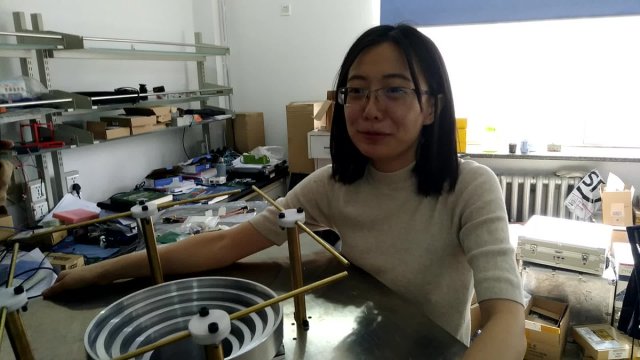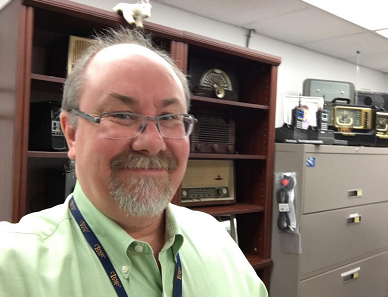-- This is really interesting technology. Three cheers for Joe Taylor and colleagues. This mode would obviously be very useful for fast, weak signal contacts as are needed on meteor scatter or EME. -- FT-8 does give you the chance to work DX that would have been difficult on other modes.
-- Chinese hams showing up on FT-8 -- more than other modes.
-- I think FT-8 is good for hams who just want to have a lot of "contacts." It is definitely not for the rag-chewer.
-- I find it it kind of cold and antisocial. More like a computer game than ham radio. A bit like sending short text messages on a cell phone.
-- I think FT-8 contacts are in some ways more meaningless than a "59!" contest exchange -- unless you look, you don't even know the report you got, nor do you know the report you sent.
-- For me it is more impersonal than CW. But at least we let the technology decode the characters instead of having to memorize dot and dash sounds. In a phone contact you can hear the other person's laugh. In a CW QSO, you hear him key "HI HI." FT-8? No laughter at all.
-- With PSK Reporter, FT-8 gives you a good feel for how propagation changes during the day. But it is kind of like 2-way WSPR. As with WSPR, it is -- at first -- fascinating, but then it loses its charm. Yes, everyday you are heard in Belgium.
-- It seems to be getting kind of crowded. The passband for FT-8 contacts is often full, and it is hard to find an open space.
-- There is little opportunity for the homebrewer. I hooked it up to my homebrew transceivers and had a small bit of fun using a 2N3904 as a switch triggered by the RTS signal for T/R. But that's about it.
-- I get the sense that the ham himself is not really needed in FT-8. This mode seems like it could easily be automated or run by an AI. Just tell it to go out there, make a lot of contacts and log them. Maybe prioritize the DX you "need." Has this already been done?
-- After a session with FT-8, I had a really nice 17 meter ragchew SSB QSO. That SSB contact left me happy. The FT-8 session was a bit like spending time on social media or a video game. It left me edgy. FT-8 made me appreciate phone even more.
But hey, to each his own. A lot of people really like FT-8. I hope they have fun.










































